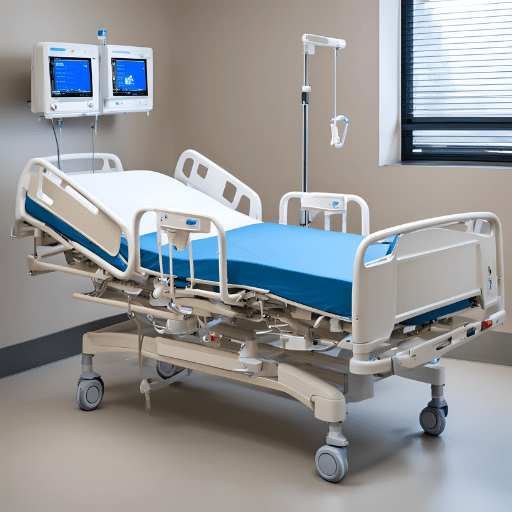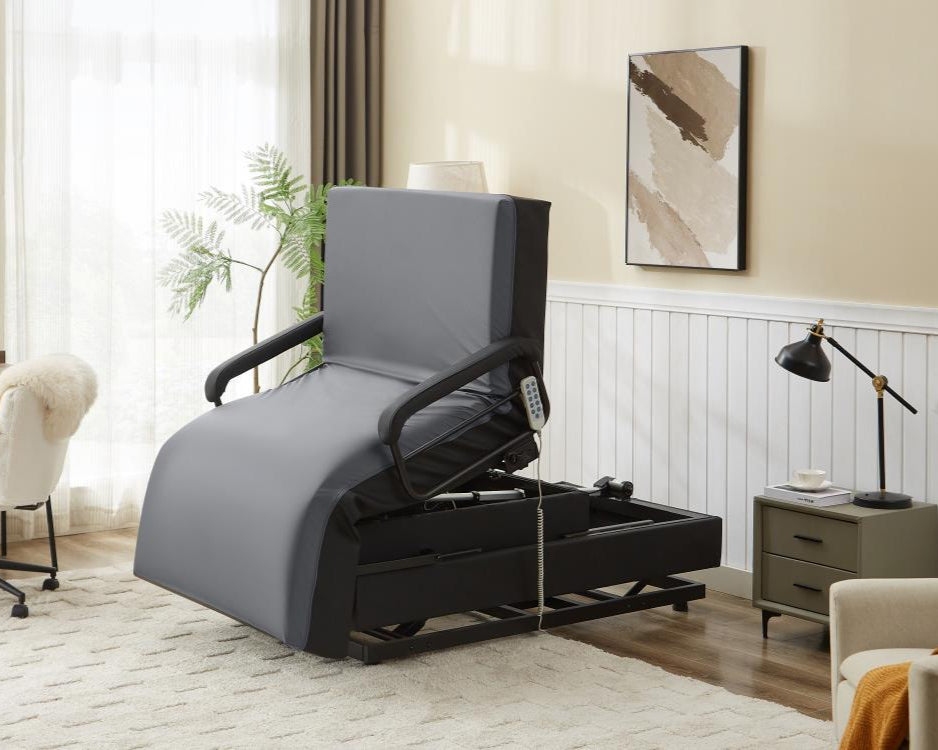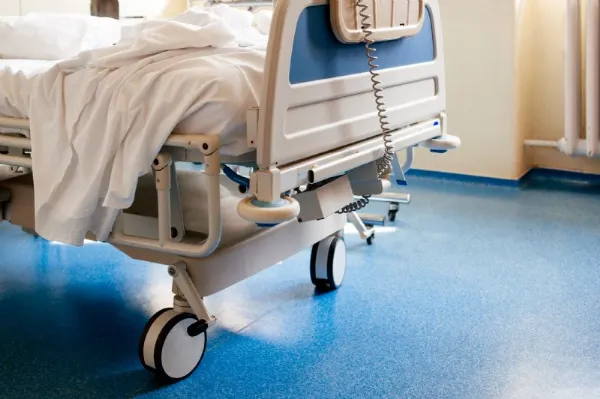The Definitive Guide to Hospital Beds For Home Use
The Definitive Guide to Hospital Beds For Home Use
Blog Article
Not known Incorrect Statements About Hospital Beds For Home Use
Table of ContentsNot known Incorrect Statements About Hospital Beds For Home Use The smart Trick of Hospital Beds For Home Use That Nobody is Talking AboutHospital Beds For Home Use Fundamentals ExplainedThe Single Strategy To Use For Hospital Beds For Home UseIndicators on Hospital Beds For Home Use You Should KnowHospital Beds For Home Use for DummiesThe 5-Minute Rule for Hospital Beds For Home Use
Next off, we will certainly check out the attributes, uses, and Pros and Cons of each type of hospital bed in deepness. A hand-operated hospital bed is the a lot of basic kind of hospital bed, and all modification features are achieved via a hand-cranked tool.These hand-cranked tools are typically mounted at the foot or side of the bed, and the caregiver or client can readjust the elevation or tilt angle of the bed by trembling the take care of. Considering that no electrical components are required, are generally less costly than electrical hospital beds, ideal for clinical institutions or families with restricted spending plans.
The Main Principles Of Hospital Beds For Home Use
For individuals that need to adjust their posture or height frequently, manual beds may not be convenient sufficient since each adjustment needs hands-on procedure. If the bed needs to be readjusted frequently, nursing team may need to invest more physical stamina to run the hand-cranked device - hospital beds for home use. Handbook beds are generally appropriate for people in the recovery period or events with low nursing demands
Usually, the adjustment of the back and legs is controlled by electrical motors, while the overall height adjustment still requires to be done by hand. The function of this style is to lower prices and power consumption while maintaining high functional comfort. Contrasted with manual healthcare facility beds, semi-electric health center beds are more practical in readjusting the back and legs, particularly for people who need to readjust their posture often.
Considering that just some features rely on power, semi-electric health center beds consume less power during use. Considering that the total elevation still requires to be changed by hand, it may not be as hassle-free as totally electric medical facility beds for patients that require to adjust the bed elevation often. Contrasted with manual health center beds, semi-electric healthcare facility beds are slightly more complicated to operate, requiring customers to grasp the combination of electric and manual operations.
Electric health center beds have high change accuracy and can be precisely changed to a certain angle and height according to the needs of clients to give the most comfortable assistance. All-electric hospital beds are normally geared up with a variety of additional functions, such as built-in scales, bed mattress stress modification, etc, to meet the special demands of various patients.
Hospital Beds For Home Use Fundamentals Explained
A reduced bed is a particularly developed healthcare facility bed that can be changed to an extremely reduced degree, normally just a couple of inches from the ground. The objective of this design is to lower the danger of individuals dropping from the bed, particularly for individuals who go to threat of dropping, such as the elderly or individuals with minimal wheelchair.

Little Known Facts About Hospital Beds For Home Use.
give a treatment atmosphere ideal for children's elevation and body form, increasing the comfort and safety of kids. Some pediatric beds are likewise outfitted with brightly tinted bed rails or animation designs to reduce the worry of kids in the hospital environment. For children that need to remain in bed for a very long time, pediatric beds are usually geared up with anti-bedsore cushions, flexible bed rails and other features to offer thorough care assistance.
The distribution bed is also outfitted with postpartum healing features, such as cushion modification, bed heating, etc, to aid moms recuperate faster. The description intensive treatment bed (ICU Bed) is developed for the critical care unit (ICU) and has comprehensive surveillance and nursing features. This sort of bed is typically geared up with user interfaces for a selection of monitoring tools, which can monitor the person's vital indications in actual time, such as heart price, high blood pressure, respiration, etc.
Hospital Beds For Home Use Fundamentals Explained
The intensive care bed has a fully electrical adjustment feature, which can promptly adjust the angle and setting of the bed to meet the needs of different therapies and care. The layout of ICU bed thinks about the requirement of rescue procedure. The bed can be quickly changed to the most ideal rescue posture and accept using rescue devices.
It can effectively isolate clients from the outdoors and reduce the danger of infection transmission. Seclusion beds are typically geared up with unique bed curtains or sealing covers and connected to air purification systems to keep the air around the bed clean. Seclusion beds are particularly made to stop the spread of microorganisms from infectious clients and secure the security of various other clients and medical staff.
Seclusion beds are outfitted with air purification systems that can filter microorganisms and particulate issue in the air to keep the air around the bed clean. Can likewise be readjusted to various placements.
Hospital Beds For Home Use Can Be Fun For Anyone
Bigger and tougher than a standard bed. Obese, obesity, client sizeDesigned for individuals at threat of dropping out of bed. Lower to the ground than a conventional bed. Patient drops, bed heightDesigned for children. Smaller sized in size than a standard bed. Pediatric medicines, child-sized equipmentUsed during childbirth. Equipped with attributes such as stirrups and from this source a headrest.

In a medical care setting, selecting the best bed can not only improve the efficiency of care, yet likewise substantially improve individual comfort and security. By recognizing the types and uses these beds, healthcare facilities and household caretakers can better support and take care of their clients.
The Greatest Guide To Hospital Beds For Home Use
HomeCare Health Center Beds, a department of DiaMedical USA, is committed to providing total openness for its consumers. Patients can be overwhelmed by the different options in lengthy term care items, and HomeCare Healthcare facility Beds is dedicated to enhancing this process, while guaranteeing clients get the information and assistance they require.
(DME) that your physician prescribes for use in your home. Medicare pays for different kinds of DME in various methods.

Report this page